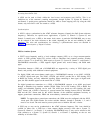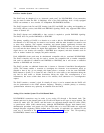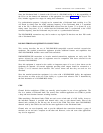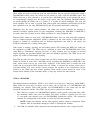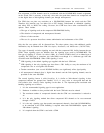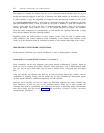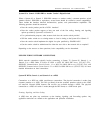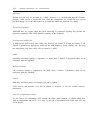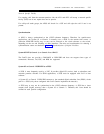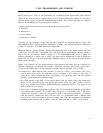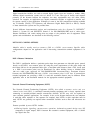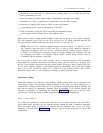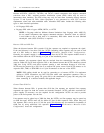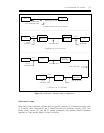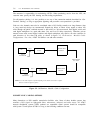
NETWORK CONNECTIONS AND CONFIGURATIONS
2-15
Network Specific Facility
For outgoing calls from the customer-premises side, the 4E11 and 4E12 will accept a network specific
facility (NSF) but do not require that one be present.
For call-by-call trunk groups, the 4ESS will check for a NSF and will reject the call if one is not
present.
Synchronization
A 4ESS is always synchronized to the AT&T reference frequency. Therefore, for special-access
applications, the System 85 or Generic 2 normally uses a 4ESS as the master-clock source. A
particular ISDN-PRI facility may or may not be selected as the clock reference to the switch,
depending on the use and reliability of other interfaces. The rules and considerations for selecting a
synchronization source are detailed in chapter 5, Synchronization of Digital Facilities.
System 85 R2V4, Generic 1, or Generic 2 to a DACS
The DACS does not provide a DMI-MOS or ISDN-PRI and does not support those types of
connections. However, D4, ESF, and RBS are supported.
System 85 or Generic 2 ISDN-PRI to a 5ESS
A 5ESS is most frequently used by a LEC. It provides digital CO services, both to subscribers and
customer premises switches. For ISDN applications, a 5ESS must be equipped with 5e4.2 or later
software.
A System 85 or Generic 2 ISDN-PRI connects to the extended digital subscriber line (EDSL) circuit
pack in a 5ESS (only those configured with 5e4.2 Generic implement the network).
A 5ESS may or may not be synchronized to the AT&T reference frequency. A 5ESS has a lower
stratum clock (higher accuracy) than a System 85 or Generic 2. Therefore, this issue should be
verified for each specific configuration.



